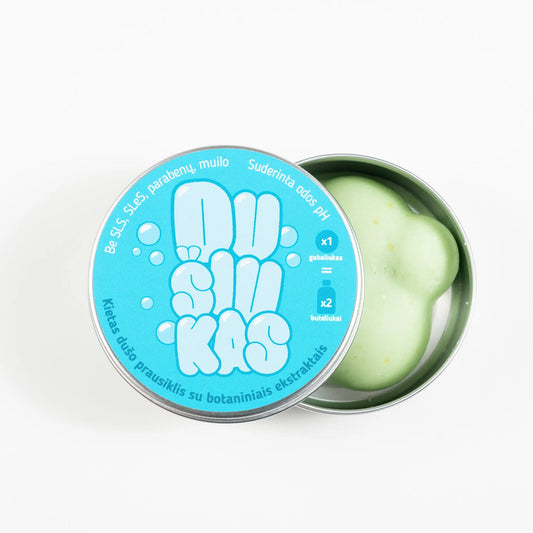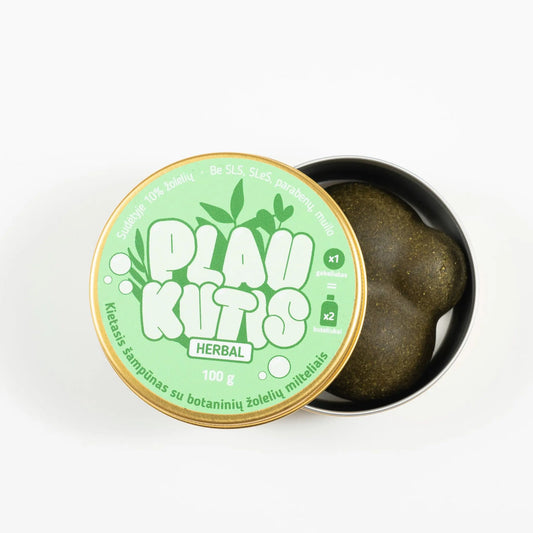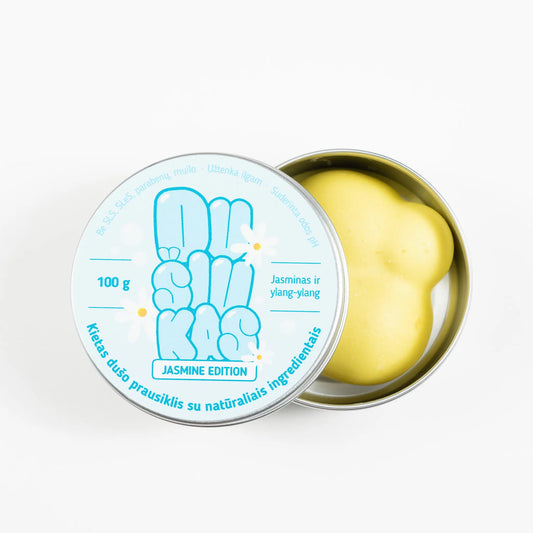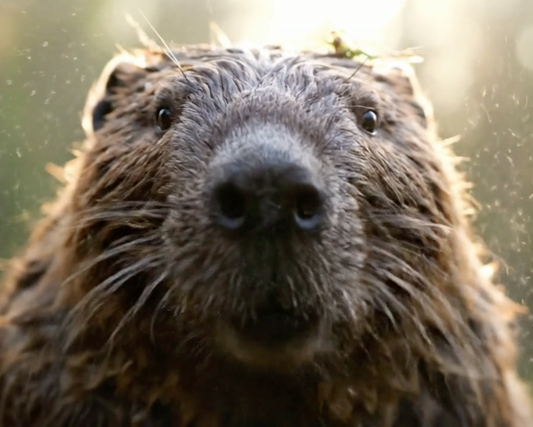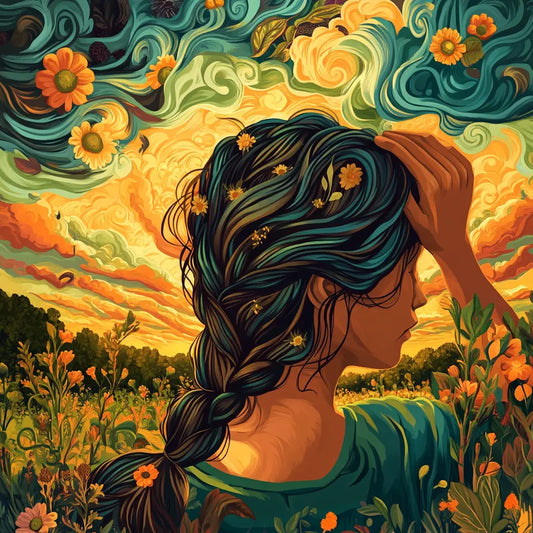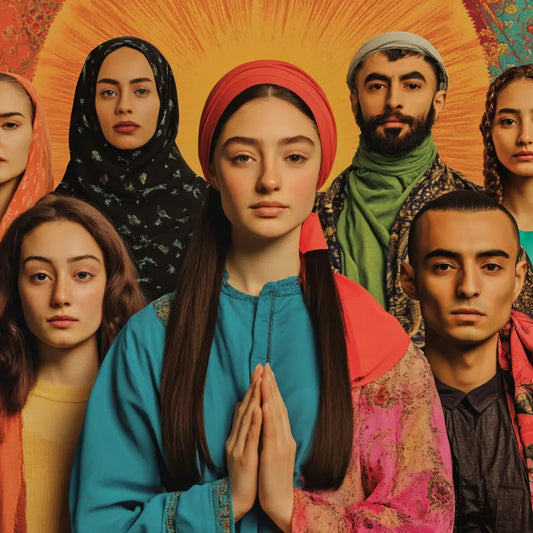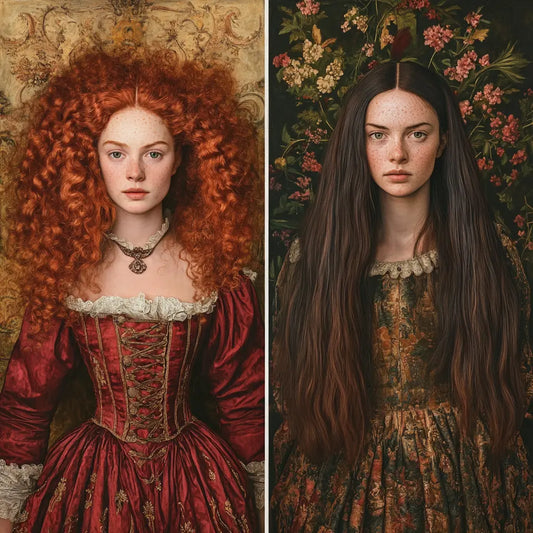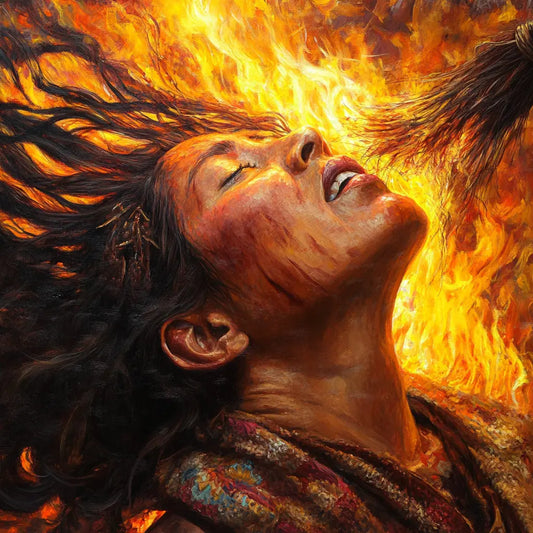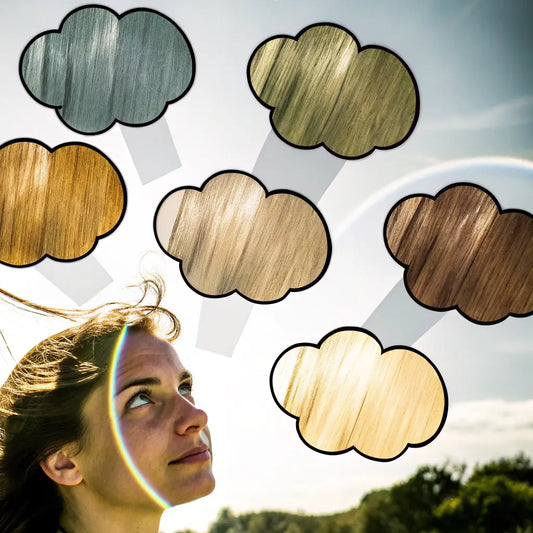Hair color is one part of our identity that changes over the years. From the golden locks of childhood, to the rich hues of adulthood, to the silvery locks of old age, hair pigmentation is influenced by genetics, environmental factors, and biological processes. Understanding these changes can help us better care for our hair throughout our lives. This article delves into the science of hair pigmentation, providing lesser-known facts, cultural examples, and insights from research that make this natural process even more fascinating.
1.1 Introduction to hair pigmentation and aging
Hair color is determined by the amount and type of melanin produced by melanocytes in hair follicles. There are two types of melanin: eumelanin , which is responsible for brown and black shades, and pheomelanin , which gives red and yellow tones. The combination of these pigments creates a wide range of natural hair colors.
As we age, the activity of these melanocytes changes, which causes changes in hair color. Genetics are the most important factor in determining how and when this happens, but environmental factors such as sun exposure and lifestyle choices such as smoking also play a role.

Hair color changes at different stages of life:
- Childhood : Hair is often lighter and darkens with age.
- Adolescence : Hormonal changes can cause changes in pigmentation.
- Adulthood : External factors can affect the stability of hair color, and melanin production decreases.
- Old age : Hair turns gray or white when melanin production decreases significantly.
- Unexpected statistic : Did you know that the average person has about 100,000-150,000 hair follicles on their head? Each follicle has its own hair growth cycle, and the pigmentation of new hair can be affected by age, hormones, and health conditions.
1.2 Hair color in childhood and adolescence
Why is children's hair lighter?
Most children's hair is lighter at birth and darkens as they grow. This is because melanocytes produce less melanin in early childhood. Over time, as melanin production increases, the hair darkens, often changing from blonde or light brown to darker shades in adolescence.
Genetics also play a role in this process. A 2016 study published in Human Genetics found that about 75% of children who are born with blond hair will have their hair darken by adolescence. This natural transition occurs due to hormonal changes that stimulate the production of more eumelanin, especially during puberty.
- Interesting fact : In some Scandinavian cultures, children's blond hair is considered a symbol of innocence, and it is believed that with age and wisdom, hair darkens, reflecting maturity.

How does adolescence affect hair pigmentation?
During puberty, hormones such as androgens have a significant effect on hair pigmentation. Testosterone production in both men and women during puberty increases melanin activity, causing hair to darken. Even those who were previously blonde or light brown may notice their hair becoming darker.
- Scientific Insight : A study in Dermato-Endocrinology found that testosterone plays a dual role in hair development – not only does it darken hair by stimulating melanin production, but it can also cause hair thinning, especially in those with a predisposition to hair loss.
- Cultural example : In Scandinavia , where blond hair is common in children, it is not surprising that their hair darkens between the ages of 10 and 15. The Danes even have a term for this, "mørkere," meaning "childhood hair darkening."
1.3 Hair color in adulthood
Environmental effects on adult hair color
As we age, hair color stabilizes, but external factors such as sun exposure , pollution , and lifestyle choices can affect its changes. UV radiation from the sun breaks down melanin molecules in the hair shaft, causing photobleaching , which can cause hair to naturally lighten over time. People who spend a lot of time outdoors may notice that their hair becomes lighter during the summer months.
- Unexpected statistic : A 2015 study in The International Journal of Trichology found that 20% of people living in sunny areas experience noticeable lightening of their hair color during the summer due to sun exposure, compared to those living in less sunny climates.

Pollution can also affect hair pigmentation. Toxins in the air interact with the hair shaft and can cause hair to become dull and lose color. Similarly, smoking introduces harmful chemicals into the body that damage hair follicles, reduce melanin production, and accelerate the graying process.
- Fun fact : Smokers are 2.5 times more likely to experience premature graying, according to a 2013 study published in the British Medical Journal . This is due to the oxidative stress that smoking causes to hair follicles, depleting melanin reserves.
Gradual fading of hair color in adulthood
While hair color stabilizes as we age, melanin production naturally slows down, which can cause a gradual loss of hair intensity and vibrancy. This process is subtle but often noticeable when we look at older photos or compare hair color under different lighting conditions.
- Unexpected statistic : By age 40 , 20-30% of people experience slight lightening or dullness of their hair color due to decreased melanin production, even if they haven't started going gray yet.
- Practical tip : To combat this fading, use hair care products containing antioxidants , such as green tea or vitamin E , which help protect hair from environmental stress and keep it vibrant.

1.4 Hair color changes in old age
Melanin production and aging hair
The biggest change in hair color occurs when hair starts to turn gray . This happens because the melanocytes in the hair follicles gradually stop producing melanin, causing the hair to lose pigment. Graying is a natural aging process, and when it starts is largely determined by genetics.
While some people start going gray as early as their 30s, others can maintain their natural hair color into their 50s or beyond. However, environmental factors and lifestyle choices, such as stress and diet , can also speed up this process.
- Unexpected statistic : 74% of people between the ages of 45 and 65 have at least 50% gray hair , according to a study in The Journal of Investigative Dermatology . However, certain populations—like Asians and Africans—tend to start graying later than Europeans.
Factors affecting the timing of graying
Genetics is the main factor in determining when people start to go gray, but other factors can speed up the process. Chronic stress has been shown to cause premature graying because it depletes melanocyte stem cells in hair follicles.
- Interesting study : A 2020 Harvard University study found that high levels of stress can lead to depletion of melanocyte stem cells, which accelerates the graying process. Studies on mice that were exposed to chronic stress showed that they grayed faster than those that were not stressed, suggesting a direct link between stress and hair pigmentation.

1.5 Conclusion: Evolution of hair color throughout life
Hair color is a dynamic part of our identity that changes throughout our lives. From the light shades of childhood to the darkening of adolescence and finally the gray strands of old age, these changes in hair pigmentation are the result of a complex interaction of genetics, environment and health factors.
By understanding these changes, we can better care for our hair, ensuring it remains healthy and vibrant at any stage of life.
5 myths about hair color changes
-
Myth : If you pluck one gray hair, more gray hairs will grow.
Fact : Plucking one gray hair will not cause any more to appear. Each hair grows from a separate follicle, and plucking one hair does not affect the other surrounding follicles. -
Myth : Hair only starts turning gray in old age.
Fact : Genetics can cause some people to start going gray as early as their 20s or 30s. This doesn't mean the body is aging faster—it's simply a genetic factor. -
Myth : Stress is the only reason hair turns gray.
Fact : Stress can speed up the graying process, but the main cause is genetics and the natural aging process. -
Myth : Everyone's hair turns gray with age.
Fact : While most people turn gray as they age, some people retain their natural hair color well into old age. This depends on genetic factors. -
Myth : The sun is always good for hair.
Fact : Excessive sun exposure can damage hair, causing hair color to fade and become weak. UV rays damage melanin molecules, so hair should be protected from prolonged sun exposure.

Practical tips for maintaining healthy hair color
- Eat a balanced diet : Ensure you get enough vitamins and minerals, especially B vitamins , copper , and zinc , which support melanin production.
- Protect your hair from the sun : Use UV protective sprays or wear hats to protect your hair from photobleaching caused by sunlight.
- Use moisturizers : Gray hair often becomes dry, so use deep moisturizing products to keep hair soft and manageable.
- Manage stress : Practice yoga , meditation , or physical activity to reduce stress, which can accelerate hair graying.
- Avoid smoking : Smoking speeds up the graying process and can damage your hair. Quitting smoking will help you maintain your natural pigmentation for longer.

FAQ (Frequently Asked Questions)
- Question : Is it possible to prevent graying of hair? Answer : There is no guaranteed way to stop graying, but a healthy lifestyle, balanced diet, and stress management can help delay the process.
- Question : Why do some people's hair start to turn gray earlier? Answer : Genetics is the biggest factor. Environmental factors, such as stress and smoking, can also speed up the process.
- Question : Does gray hair mean that your hair is becoming unhealthy? Answer : No, gray hair can remain healthy and strong, but it needs more moisture and care because it naturally becomes drier.
- Question : Does stress really cause graying? Answer : Chronic stress can deplete melanocyte stem cells, leading to faster graying, as shown by a 2020 Harvard study .
- Question : Does diet affect hair color? Answer : Yes, a diet rich in vitamins and minerals supports hair health and can help delay graying.

